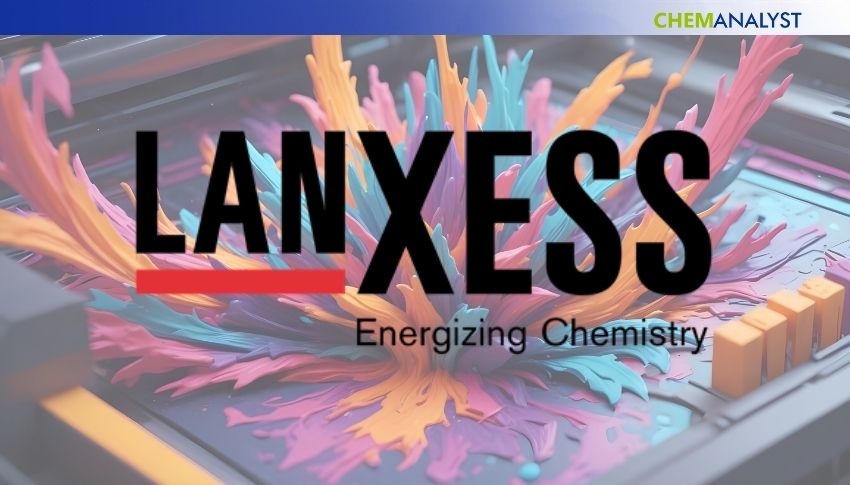Welcome To ChemAnalyst

LANXESS pigments enhance 3D-printed concrete with color and modularity, showcased in a sculpture at Venice Architecture Biennale.
LANXESS’s inorganic pigments are revolutionizing the field of 3D concrete printing by adding vibrant color and expanding creative possibilities. A striking example of this innovation is the sculpture titled “Duality of Skin and Core”, currently exhibited in the “Time. Space. Existence.” pavilion at the Venice Architecture Biennale. This architectural piece was developed by Assistant Professor Cristina Nan and architect Mattia Zucco from the Department of the Built Environment at Eindhoven University of Technology. The sculpture showcases the integration of LANXESS’s red and black iron oxide pigments into 3D-printed concrete, creating a modular and visually compelling installation.
Produced in collaboration with LANXESS and Dutch 3D printing pioneer Vertico, the sculpture pushes the boundaries of what 3D-printed concrete can achieve. It demonstrates how digital fabrication methods can seamlessly incorporate color, structural precision, and artistic vision. The use of computer-generated patterns and high-performance materials in this project underlines a new era of digitally controlled architectural processes. These approaches not only enhance aesthetics but also present sustainable and adaptable construction methods.
The artwork, “Duality of Skin and Core,” is a modern reinterpretation of the classical architectural column. Its unique design includes a slit in the external cladding, exposing the vivid, colored core – a direct reference to the title. Traditionally, 3D-printed concrete elements have been characterized by a uniform, gray appearance. This project disrupts that standard by introducing modular construction techniques and a striking color palette.
The sculpture comprises nine cylindrical drums and four external wing-like elements. Each modular part weighs less than 30 kilograms, enabling convenient transportation and ease of assembly and disassembly. This design approach also allows for reusability, promoting circular design principles and reducing construction waste – a significant step towards sustainable architecture.
As a proactive innovator in this space, LANXESS continues to explore how colored concrete can be effectively used in additive manufacturing. In partnership with institutions such as the Institute of Construction Materials at the Technical University of Dresden, LANXESS has conducted studies on how its Bayferrox and Colortherm pigments behave under 3D printing conditions. These collaborative investigations confirm that the pigments maintain their quality without compromising the structural integrity of the concrete.
The research reveals that these pigments deliver consistent coloration and can be applied broadly in 3D concrete printing, replacing the traditional monochrome aesthetic. By enabling more expressive and sustainable construction, LANXESS is helping to shape the future of architectural design.
LANXESS is a prominent specialty chemicals company that generated sales of EUR 6.4 billion in 2024. With a global presence across 32 countries, the company employs approximately 12,000 people. Its primary focus lies in the development, production, and marketing of chemical intermediates, additives, and products for consumer protection.
We use cookies to deliver the best possible experience on our website. To learn more, visit our Privacy Policy. By continuing to use this site or by closing this box, you consent to our use of cookies. More info.
